Why Social Media for Small Businesses?
As a startup or small business owner, you know there’s a lot to accomplish with limited resources.Traditional marketing can be a drain on your funds. Social media marketing, on the other hand, is pretty low-cost and gives you a direct line to current and prospective customers.
Social media offers small businesses a cost-effective way to reach their customers. Image source: iStockPhoto.com.
#1: Do Your Homework
Behind every exceptional social media campaign is a great strategy.Social media is all about connecting with your audience on an authentic level. To do that, you have to intimately understand your current and potential customers.Start by defining your audience. Distinguish individual character profiles by age, gender, interests, profession, etc. Don’t just say it out loud. Write down the details and find images that represent your target audience.Next, crystallize your message. Based on your defined target audience, what are the key problems or concerns you can address or solve? Expand on and define those pain points for each character and write it under each profile.Below that, write down three key marketing messages you want to communicate to that audience.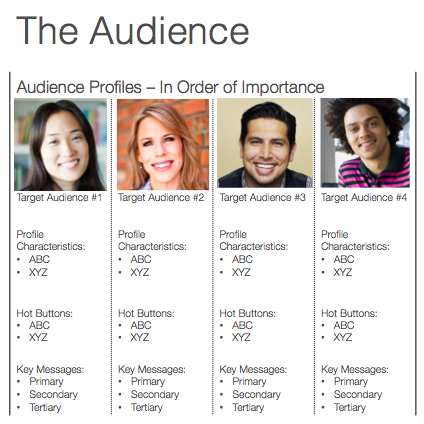
Create profiles for your audience—it’ll help you target your messages to them.
#2: Coordinate Your Social Channels
If you treat each social media platform as a stand-alone effort, your success will be limited. Your networks should work together to help you achieve your goals.Your website is your brand’s home base. Coordinate your social media efforts to push people to your website where they can buy your product or service.Use your blog to establish your brand’s voice and share information. It’s also a valuable opportunity to engage with your site visitors and lead them through your sales funnel.You can optimize your website and blog for social media by adding a few easy elements to your design.Kim Garst makes sure her social icons are seen on her front page.
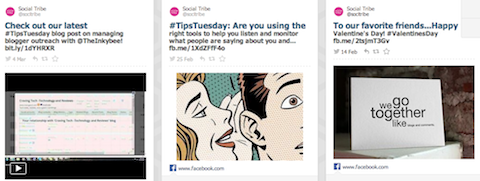
Here’s how Rebel Mouse’s content feed displays across multiple social media channels.

The Social Tribe eNewsletter displays all of its social media icons prominently.
#3: Get Started, but Start Small
You’ve defined your target audience, you know where to reach them and you’ve optimized your other marketing touch points. It’s time to get social.This is one of the most important pieces of advice to keep in mind, so listen up! Start small.Social media takes time and energy, which are precious resources. Set yourself up for success by starting with a manageable load. I suggest you choose one or two platforms to start with.The best way to guarantee consistency is to incorporate social media into your daily routine. Block out the time on your calendar, turn off all distractions and dedicate time to managing your social media accounts. Do this in one or two different time slots every day.In your first month or two, expect to spend a minimum of 15-30 minutes a day on social activities. You can increase the time as you see fit.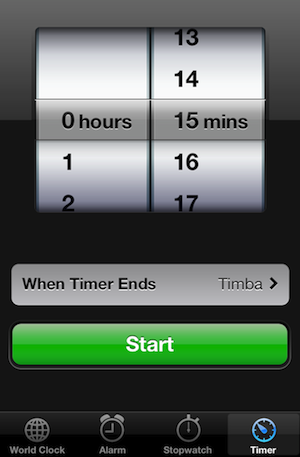
Use a timer to track your social activity time.
#4: Listen and Share
Social media conversations are happening all around in real time.Social listening is an excellent tactic to monitor what people are saying about your brand. Respond to comments, mentions and feedback even if they’re negative. You want to turn that negative into a positive!Tool Tip: Mention app monitors the web, including the major social media channels, and tells you every time somebody mentions your name, brand or target keywords.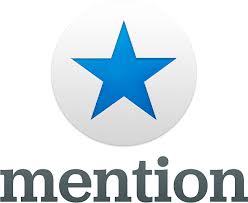
Mention app is one of many tools you can use to listen for mentions of your brand on the web.

Feedly is one way to aggregate content from around the web that’s related to your brand.
#5: Create Your Daily Plan
With a steady stream of content in the pipeline, you’re primed to post and engage on social media.Make a list of the activities you plan to do every day. For example, comment on and/or link content on three different Facebook pages. On Twitter, tweet and retweet 3-5 times per day (you can schedule these).If you’re using Pinterest, pin and repin 3-5 images per day. If LinkedIn is the best platform for your audience, share a link and like other people’s links.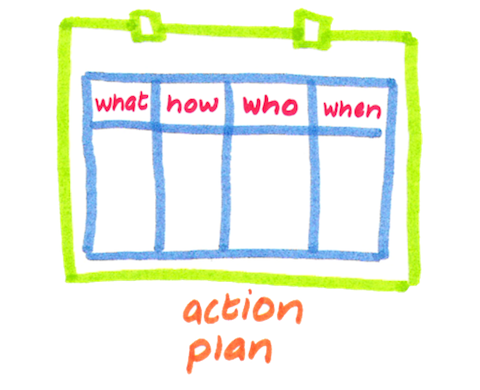
Make an action plan for your daily social media activities—and stick to it!
#6: Boost Results With Social Advertising
If you want to accelerate your social media performance, it’s worth your time to explore paid advertising options.Facebook offers a robust number of advertising solutions to help garner more sales, website traffic, brand exposure and audience engagement.If Twitter is one of your main platforms, you have two advertising solutions: promoted content and promoted accounts. Promoted content helps you cut through the noise and serve your content to tailored audiences. Promoted accounts help increase the size of your Twitter following.
Explore paid options to boost your visibility and success on social media.
#7: Lather, Rinse, Repeat
The last step is the most critical: Measure and analyze your results.Tracking performance data is the best way to identify which tactics are working and which aren’t. A few things to watch are growth, engagement and sharing.Most social media networks have tools you can use to track and measure your performance.Google Analytics is a popular and easy-to-use option for monitoring traffic and interactions on your website or blog. Keep track of which social media channels are driving the most traffic to your site.To stay on top of your social media plan, review your metric reports regularly (at least once a week). Every 2 or 3 months, step back and evaluate the big picture. Make adjustments for anything not working, and try to recreate the things that are.Tool Tip: Sprout Social creates easy-to-understand social media reports that can help you evaluate your social media performance. You can even compare your success to your competitors’.
Sprout Social has excellent reports to help you track and manage your social media performance.





0 Comments